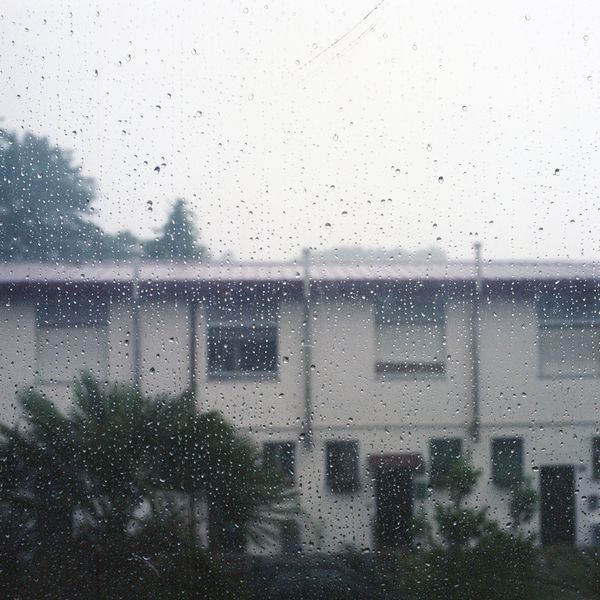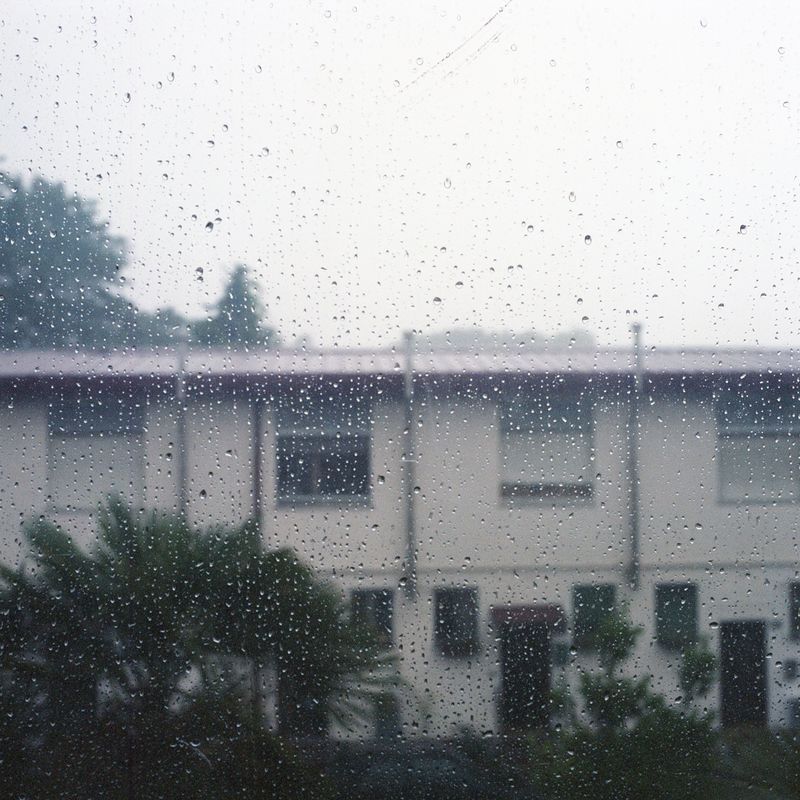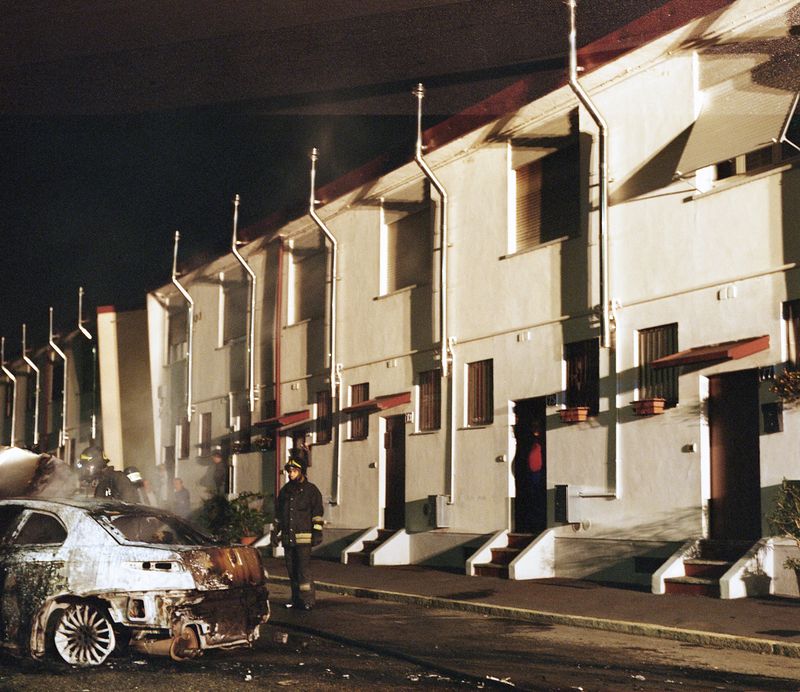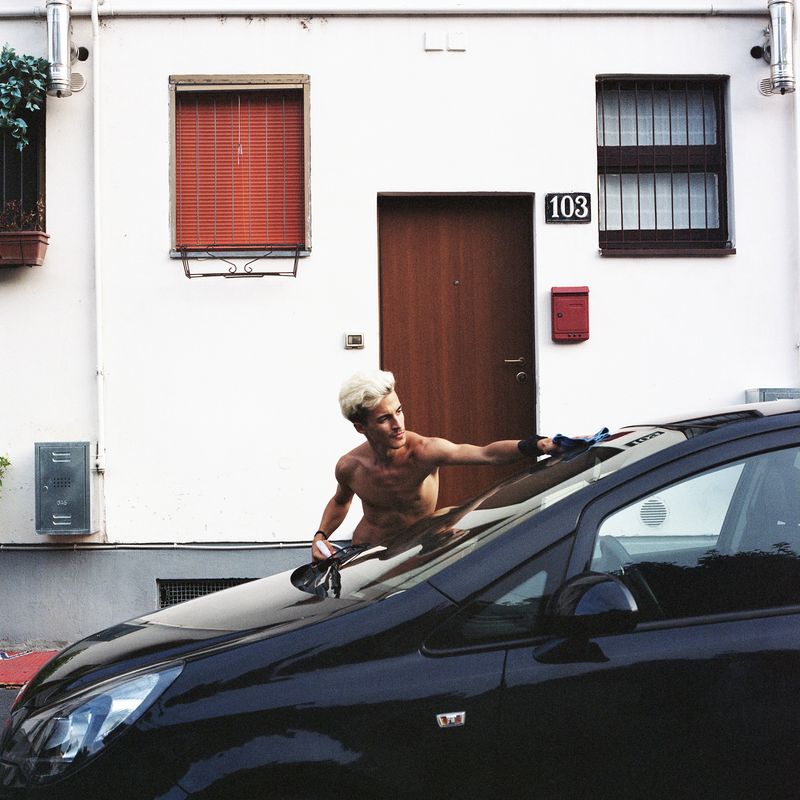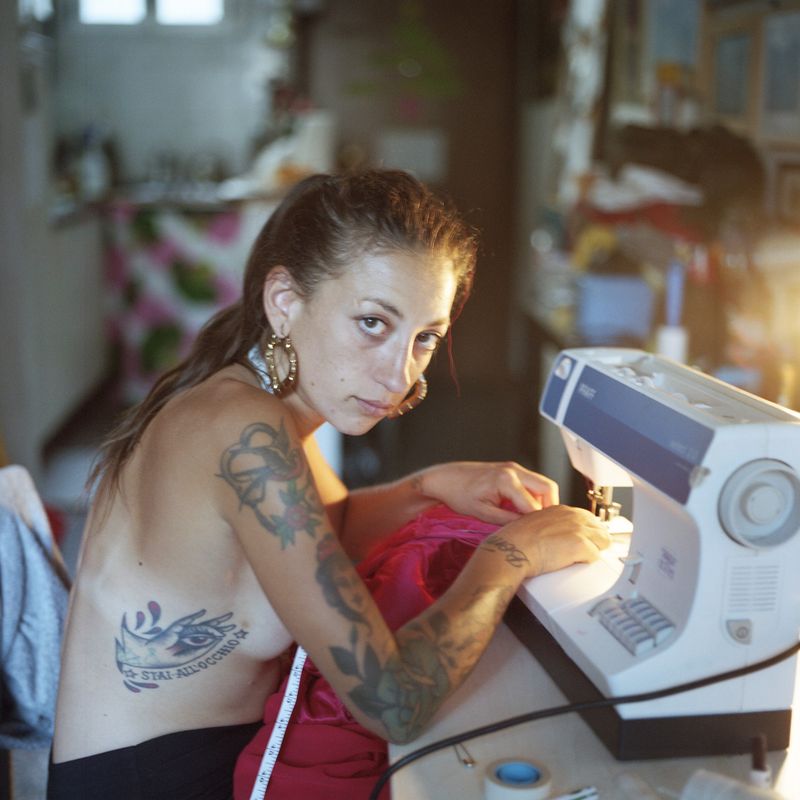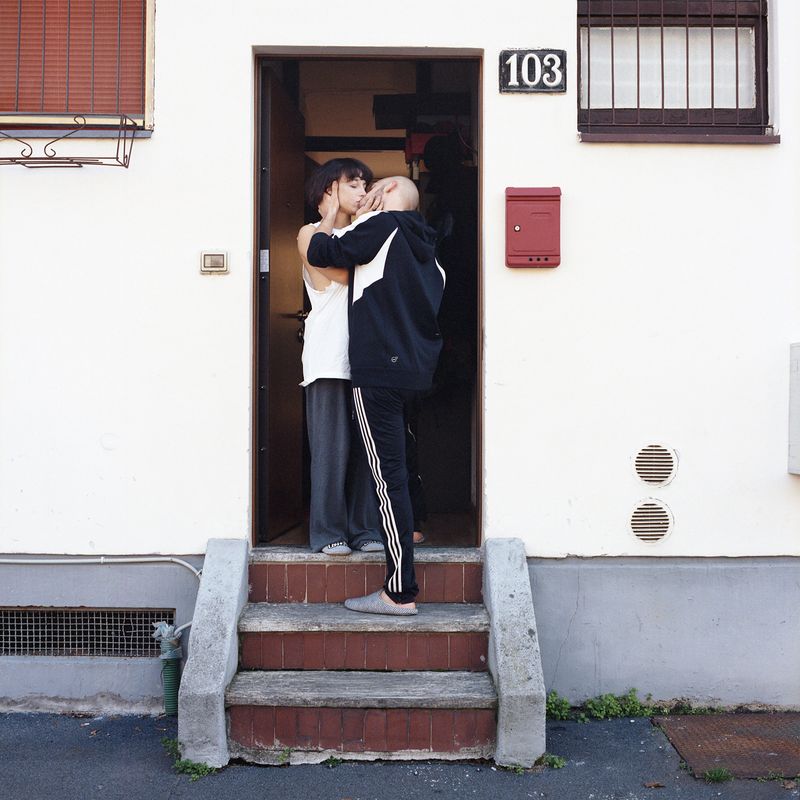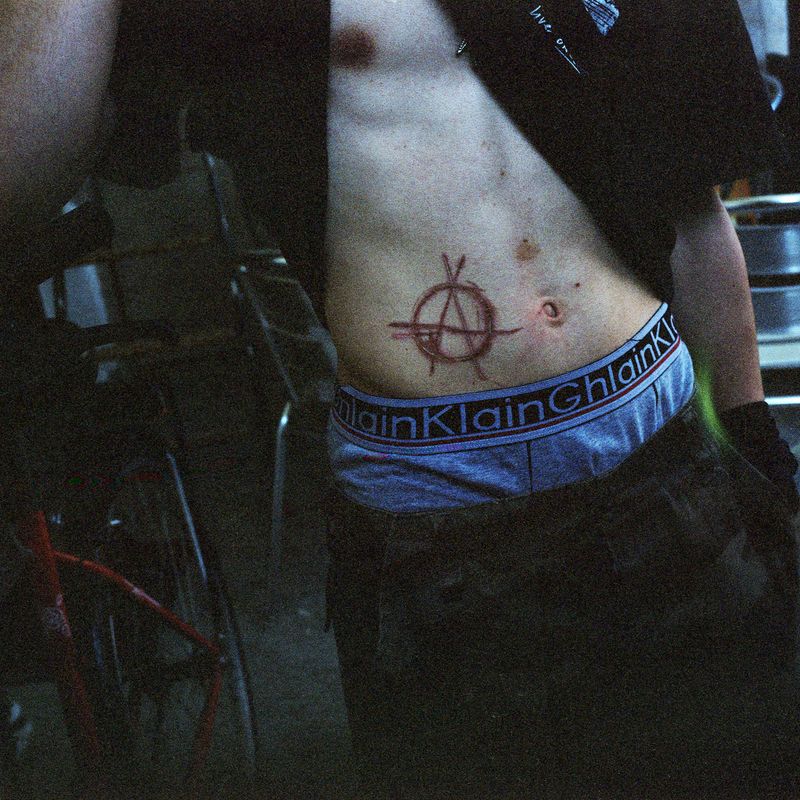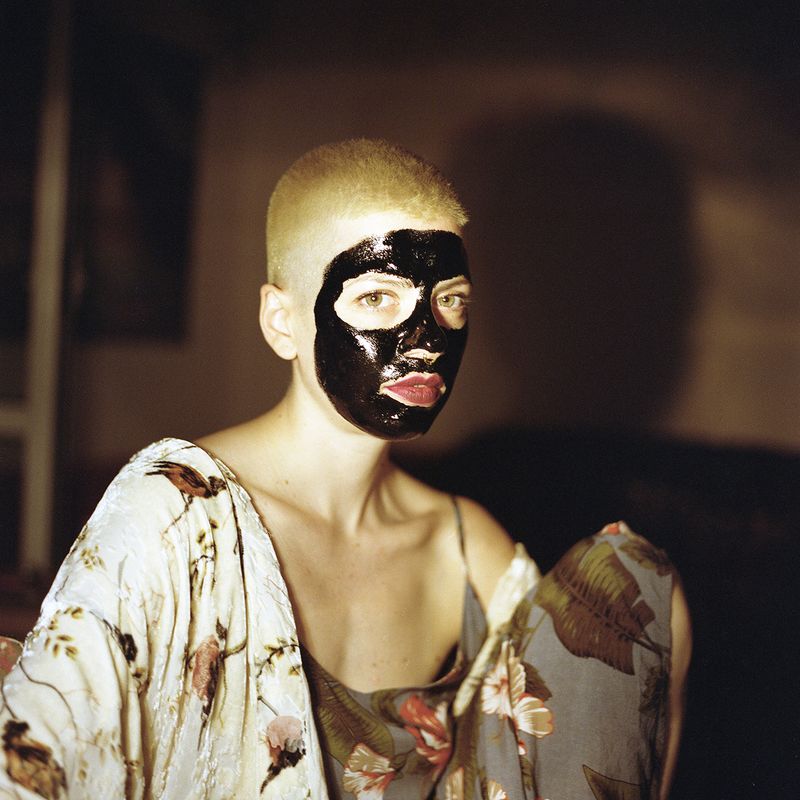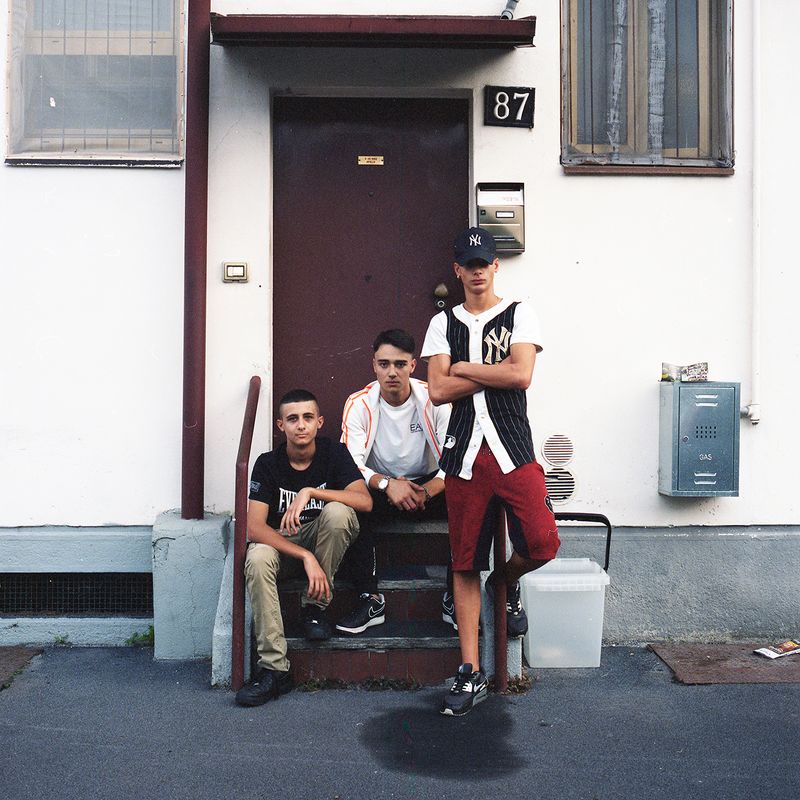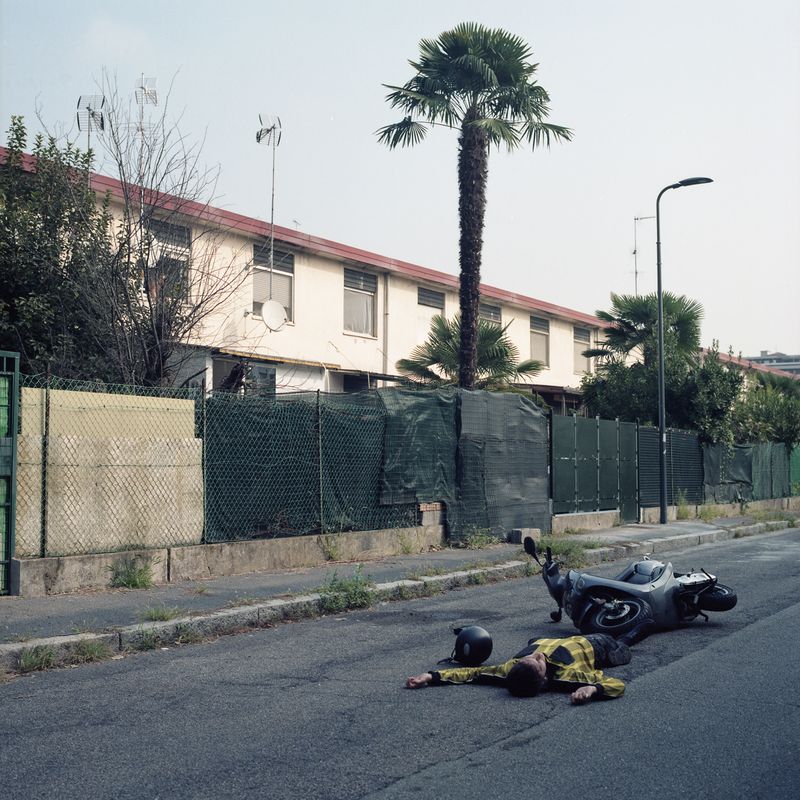Villaggio dei Fiori
-
Dates2017 - Ongoing
-
Author
- Location Milan, Italy
When I moved at Villaggio dei Fiori (Flowers’s Village) I had no idea of what is going to happen. My love story ended really bad and I just need a new place to stay as soon as possible, no matter where, just cheap and fast.
A good friend of mine offered me the house where she used to live with her grandmother in the west of Milan (Italy), between the public housing neighborhood of Primaticcio and Giambellino.
I didn’t know the area but the price was convenient and I had accept it, moving in from day to night. As soon as I arrived I felt, for the first time in years, at home.
In total contrast with Milan, a metropolitan city, here the people live not just their houses, but the whole neighborough, the streets and all their inhabitants. For me, starting taking picture of the area, in particular Via dei Gigli (Lilies’s road), was a natural necessity to tell and share all the special persons that live here, where everyone has his own strong story, and where the houses themselves seems to be build to let the people share their daily living, knowing, helping and sharing with each other. Nor only people but also houses talk about who is living in there, because if all the structure of the houses are the same, they became all different, with courtyard and abusive new rooms.
For my project I will keep photographing my neighbors and trying to tell their stories, like Domenico's one, who is growing up alone his two daughters, Martina and Alessandra, whom is bring me homemade meatballs and pasta because I help Martina with school.
Or the story of Greta, who at eighteen jumped under the metro train losing her left arm, but now she is in love and happy and she likes to invite me down for breakfast, or Marco and Luisa and their dreams of moving to the Canary Islands and the reality of finding their car that has been burn one day of autumn.
"Villaggio dei Fiori" is the story of this special community of people.
Historic background
The Villaggio dei Fiori was build after the II World War as a result of needing of emergency housing for the people who lost their home for the bombing. It will expanded in the early 50’s with the construction of “minimal” terraced houses, which had as a reference the rationalist urbanists experiments, and which host immigrants who arrived in the city from the countryside and from southern Italy.
